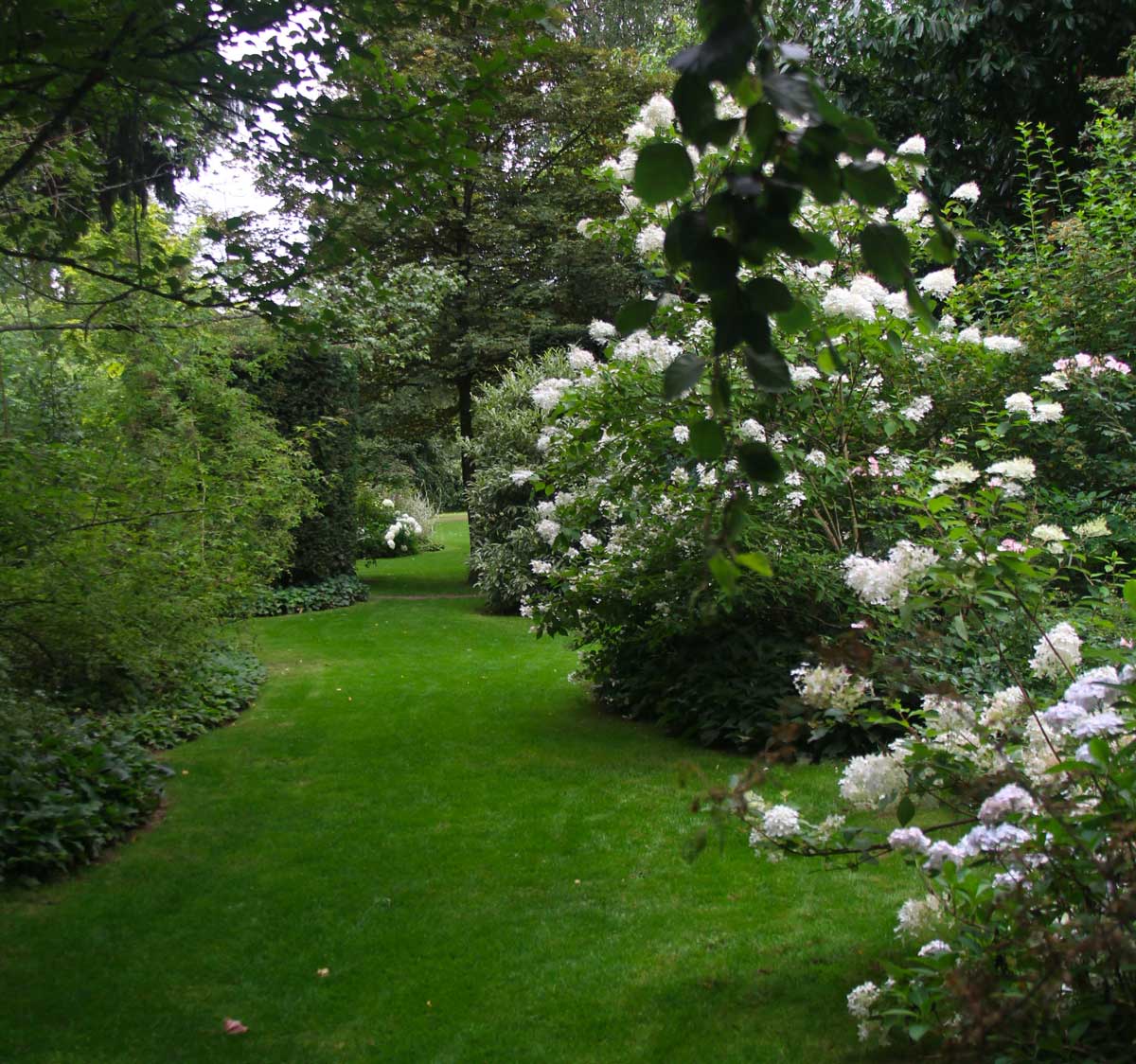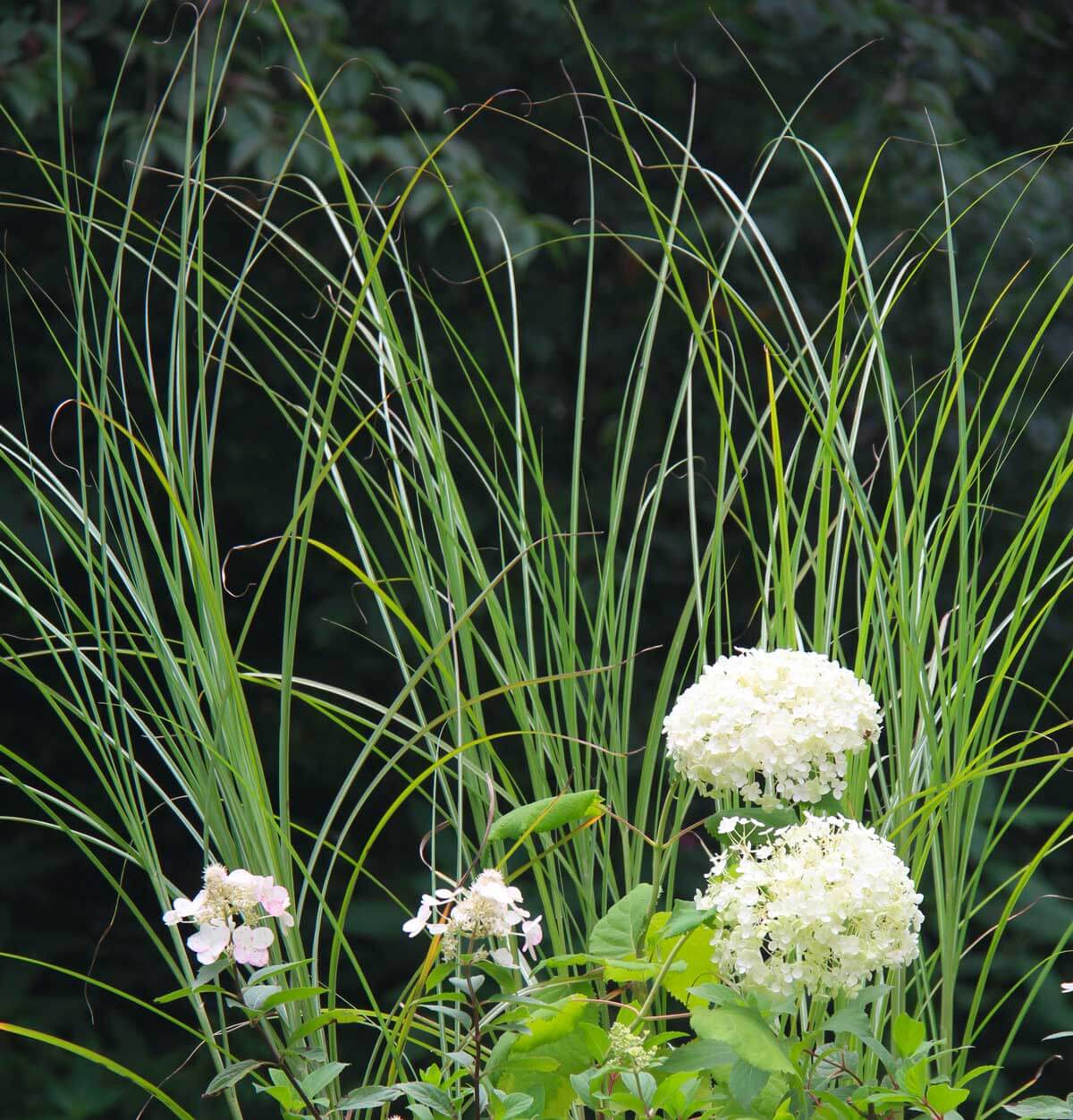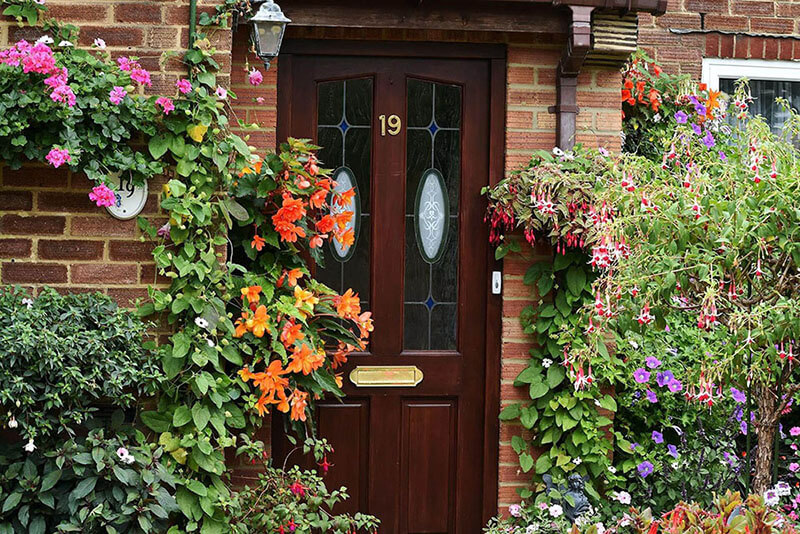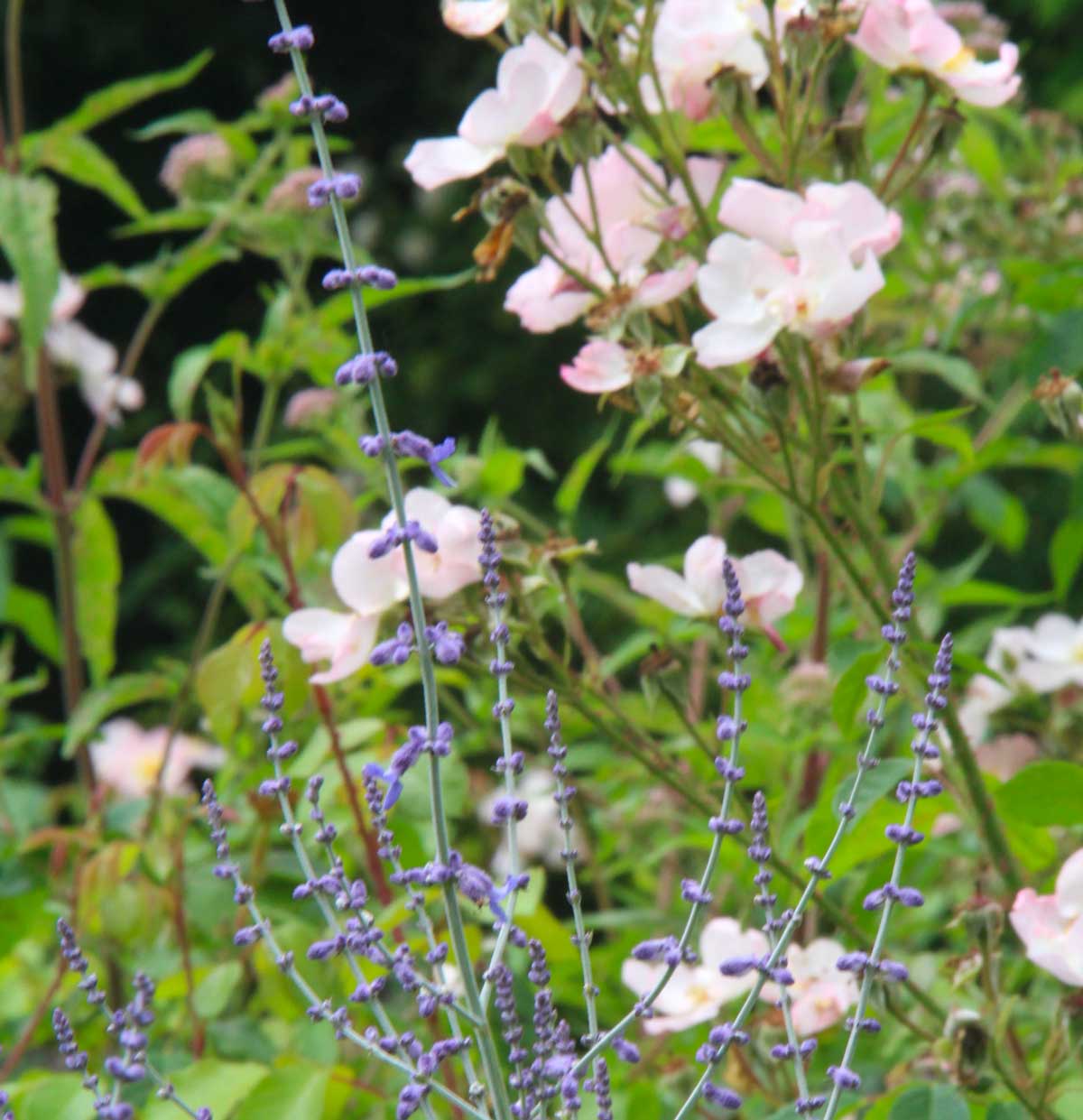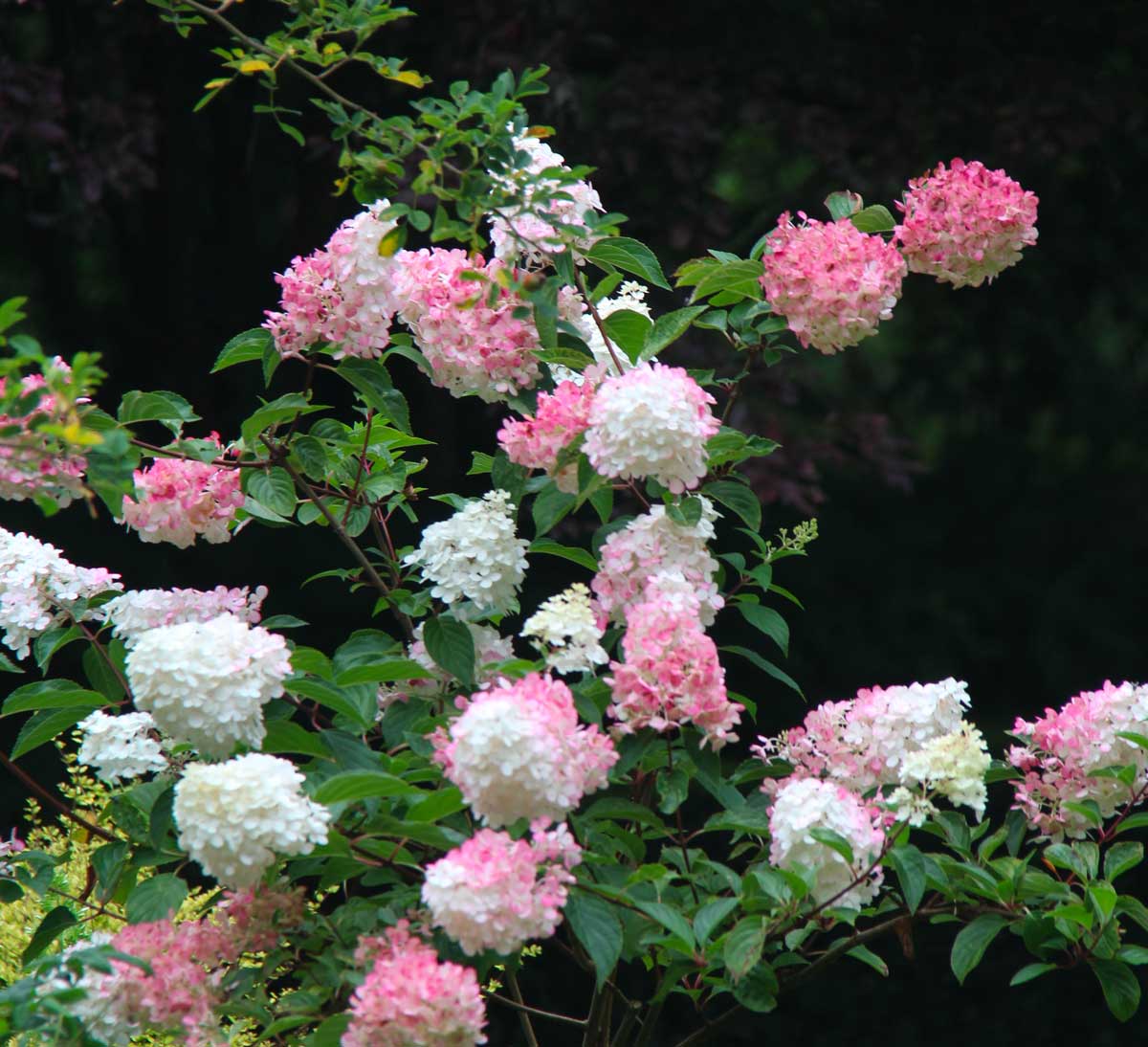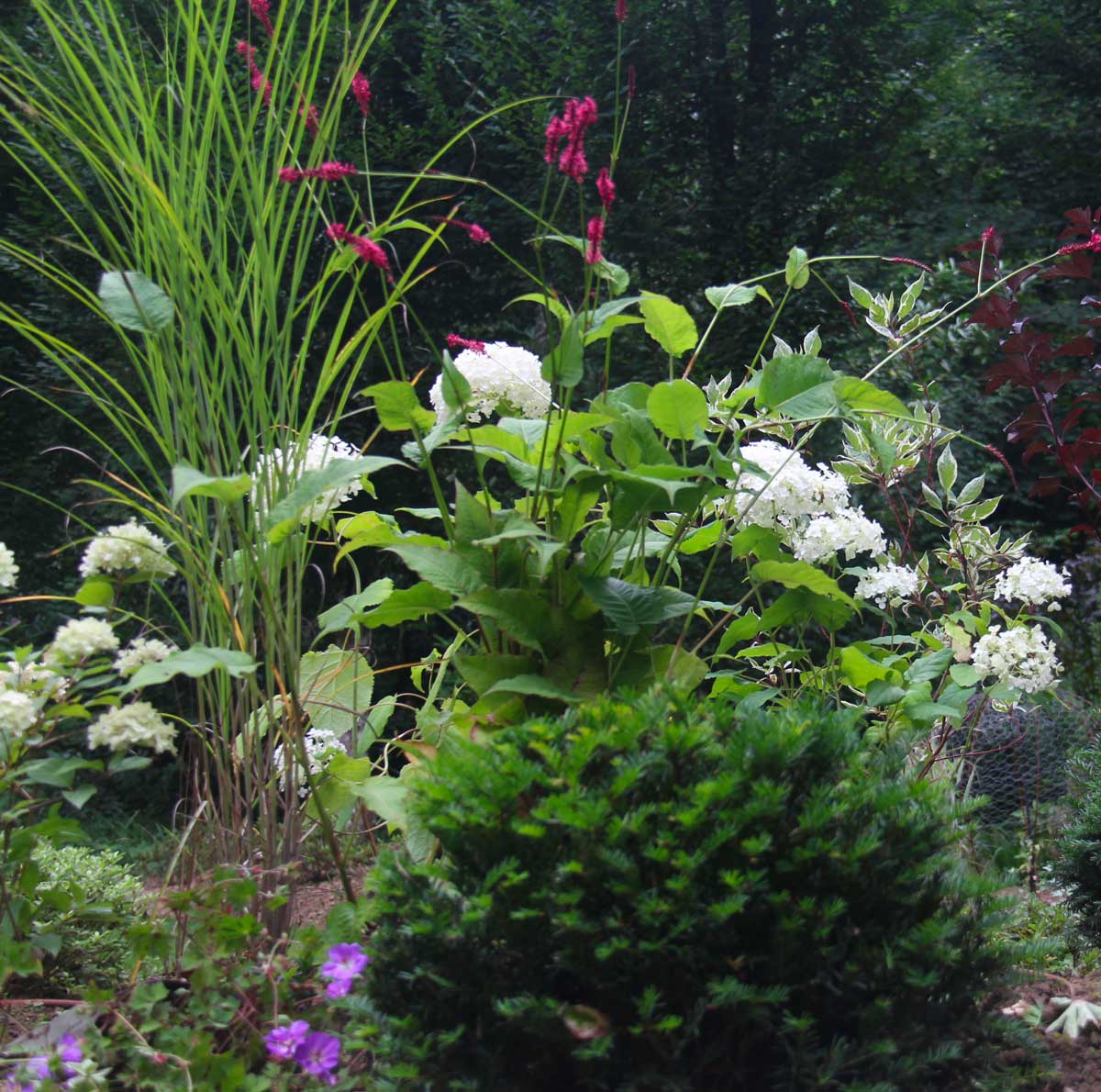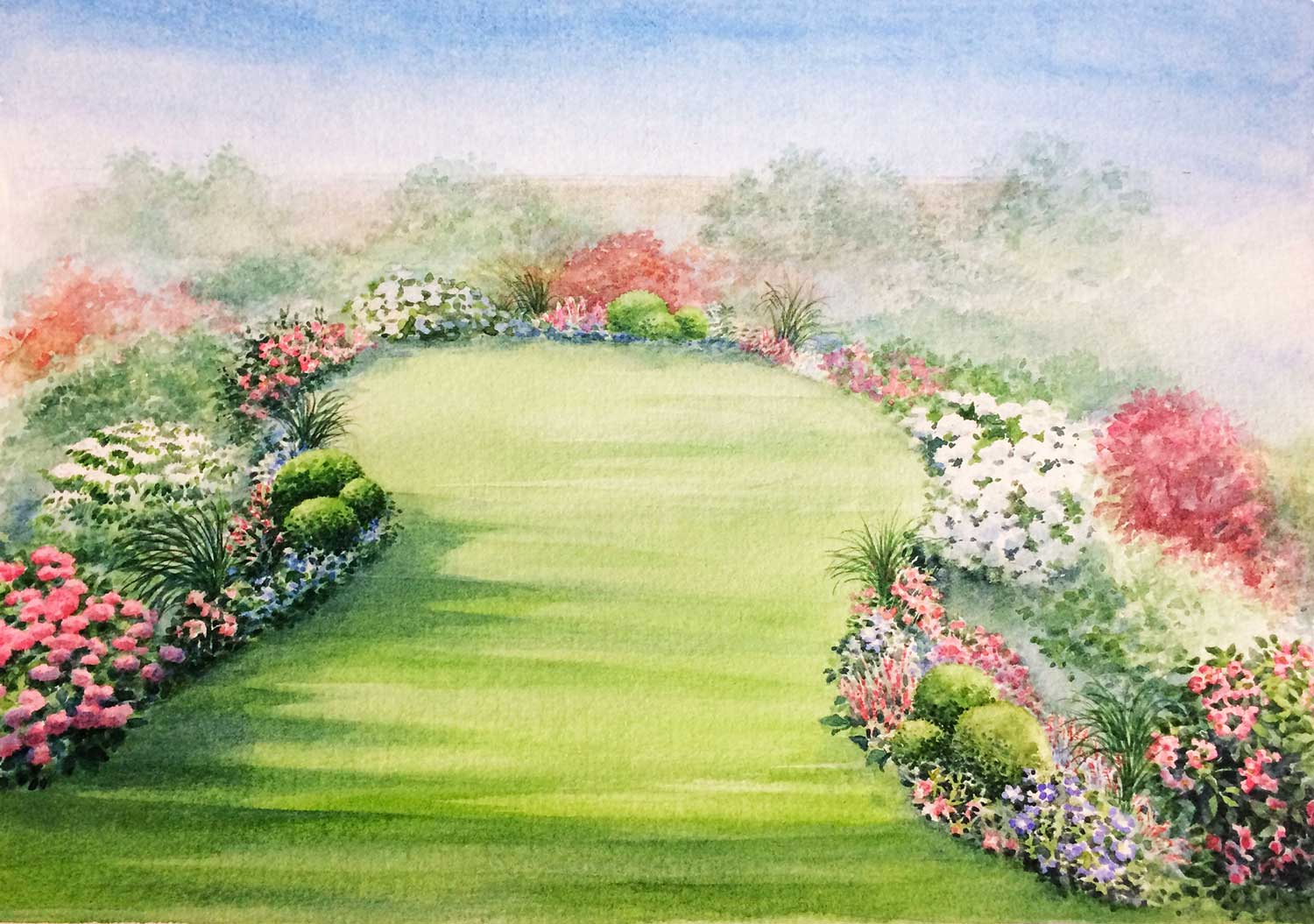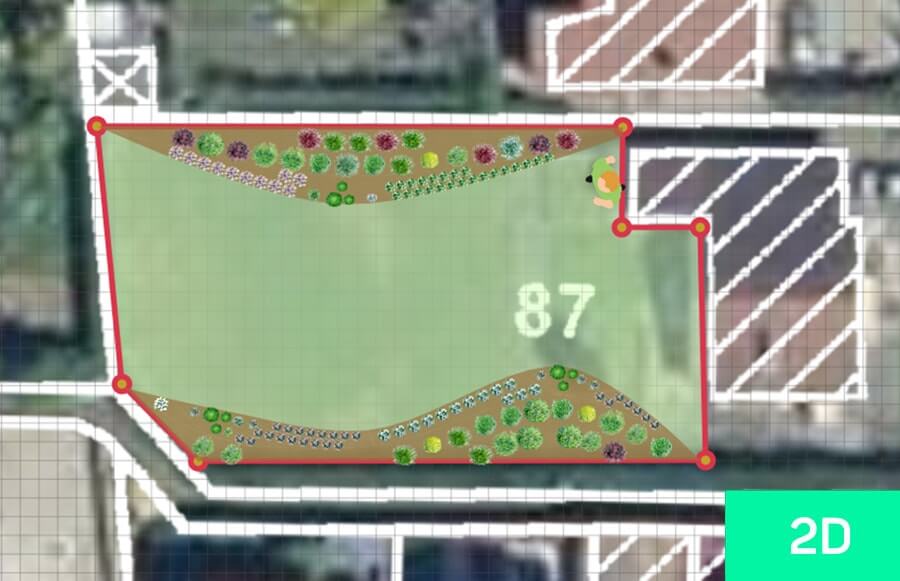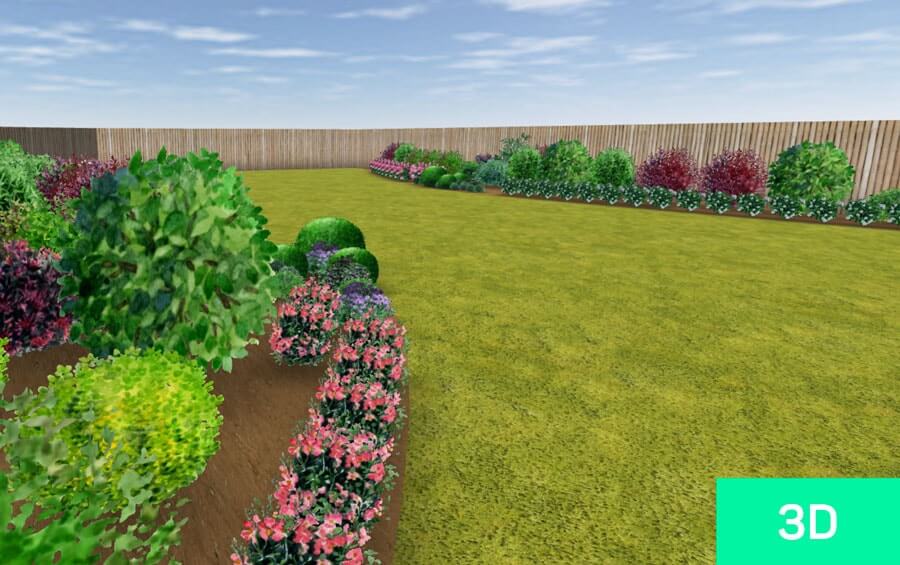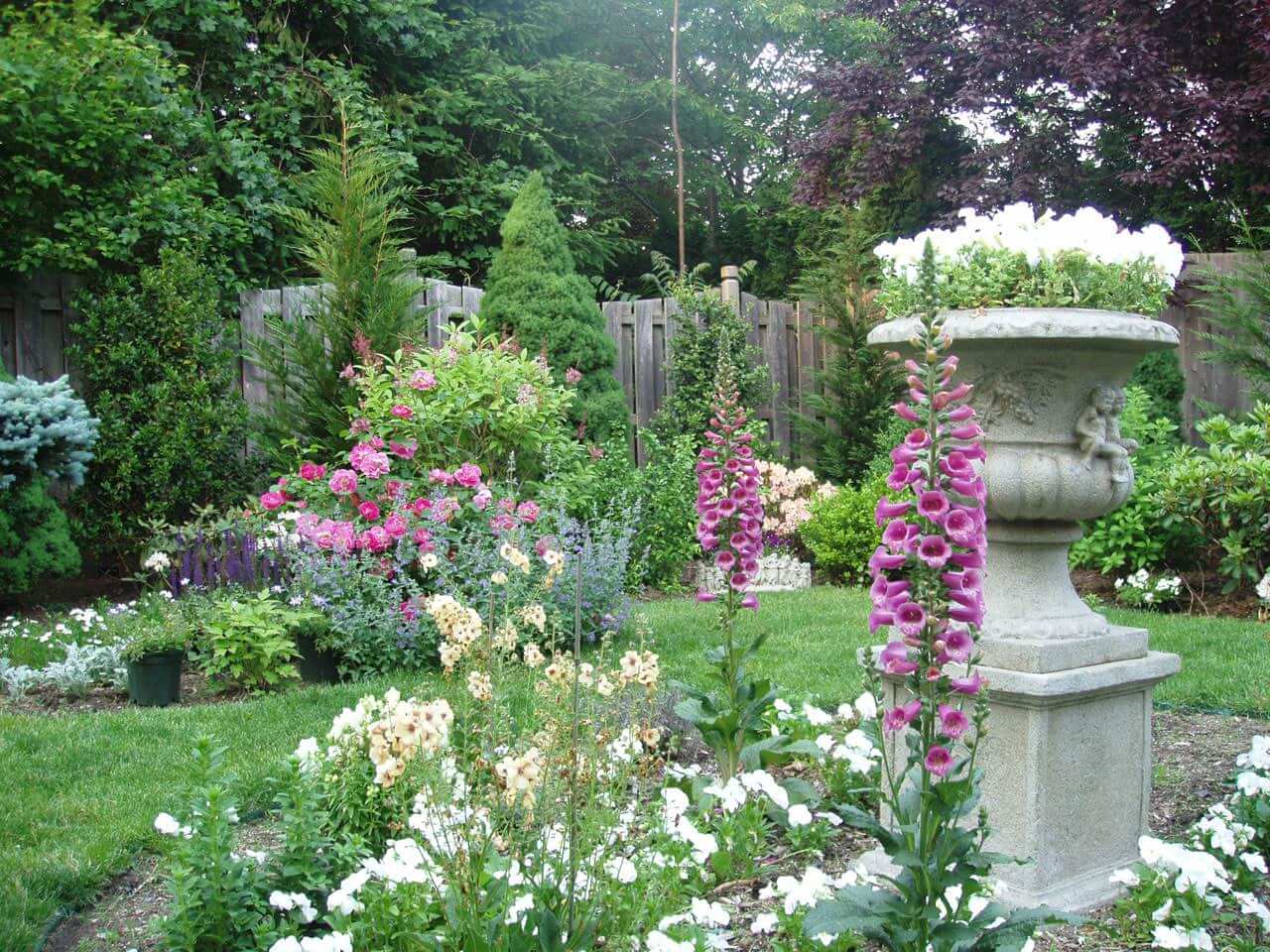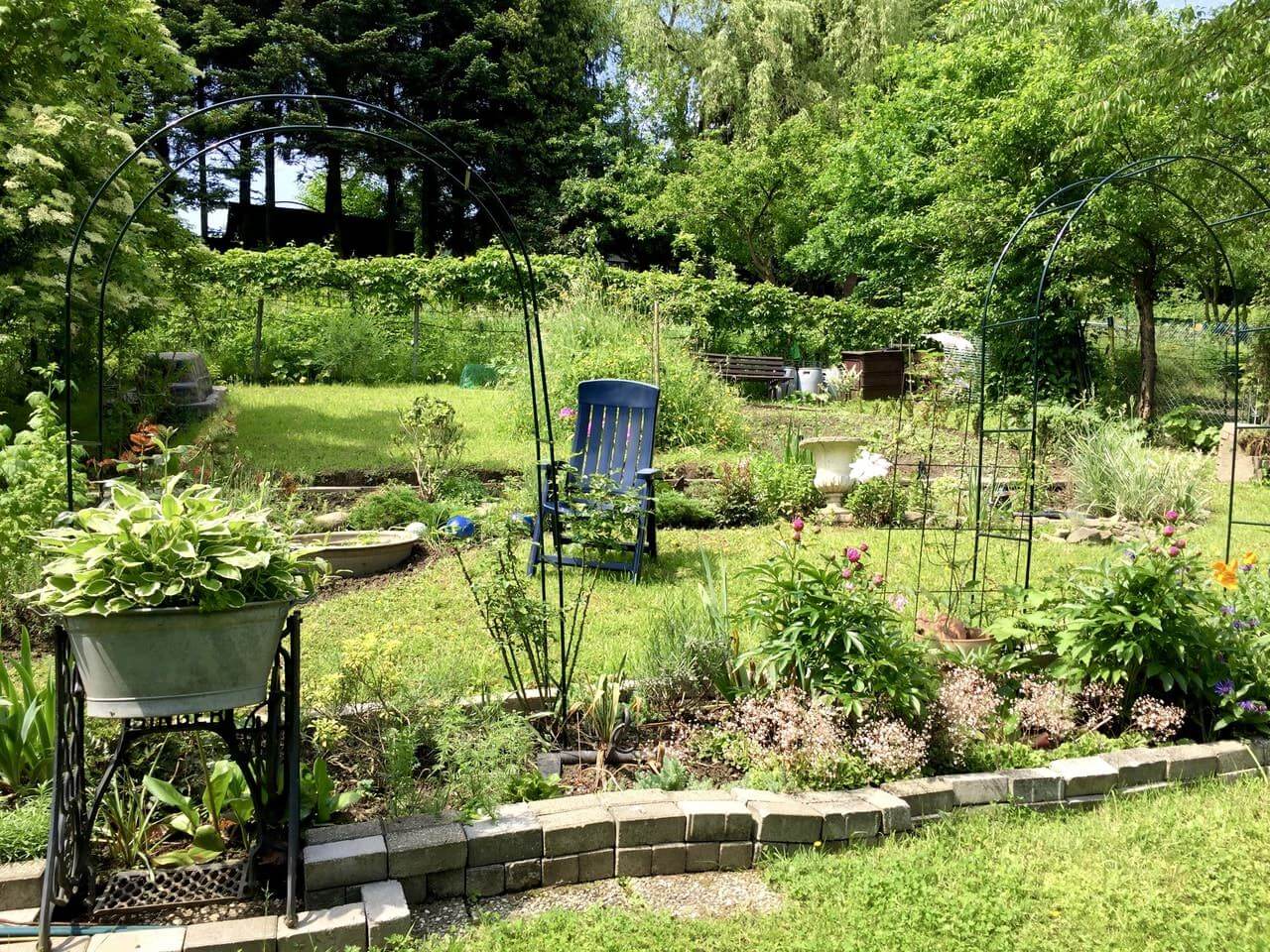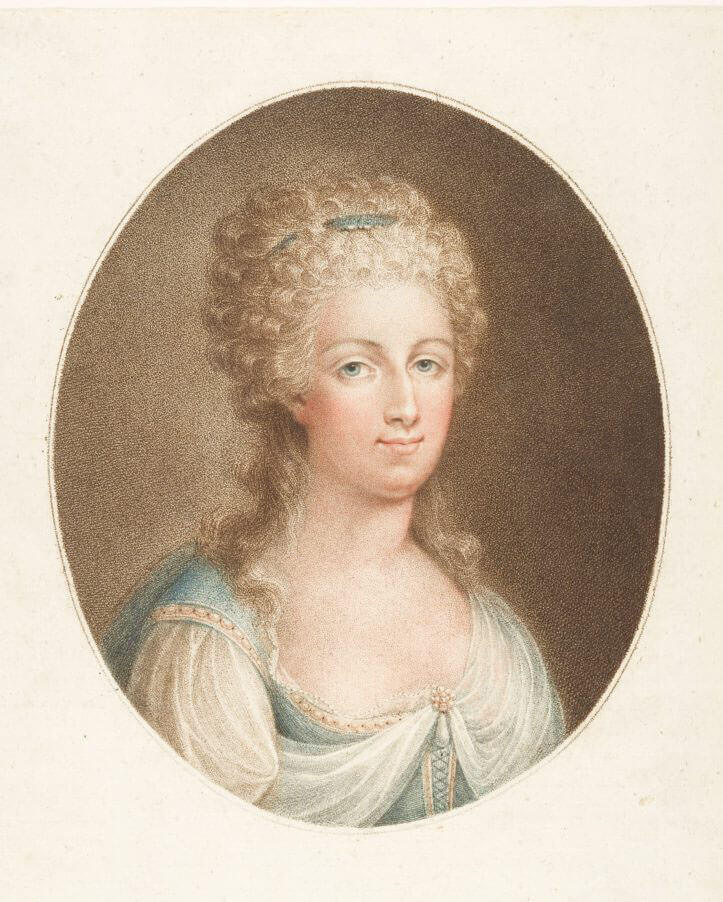
Image: Portrait of Marie-Antoinette, anonymous, 18th century.
Source: The Metropolitan Museum of Art.
Where the French garden wanted to demonstrate human power by domesticating nature, the English garden favours the rediscovery of this nature in its wild and poetic aspect. This aesthetic influence took precedence in the 18th century, in a pre-industrial England. This irregular garden became an assumed reaction to the poor architecture of the buildings linked to the economic system in force at that time. The English garden became a symbol of emancipation from the absolute monarchy and its representatives. The rejection of symmetry and the questioning of the idea of beauty in the shape and size of gardens reflects the refusal to preserve outdated codes.
This new conception of the garden, carried out in England by William Kent (architect, landscape gardener, painter and engraver) and Lancelot 'Capability' Brown (landscape gardener), spread throughout Europe. In France, Marie-Antoinette also followed this trend by having an English garden built within the Petit Trianon.
The irregular design of the English garden symbolizes the extension of the landscapes and is composed of winding paths with seemingly wild and undomesticated vegetation. The shapes and colours of the plants are varied and rocks, statues and benches contribute to the decoration of the garden. The itinerary is not marked out and allows you to 'get lost' by encouraging daydreaming and strolling. A poetic wandering characteristic of the evolution of this period when the garden became a painting.


